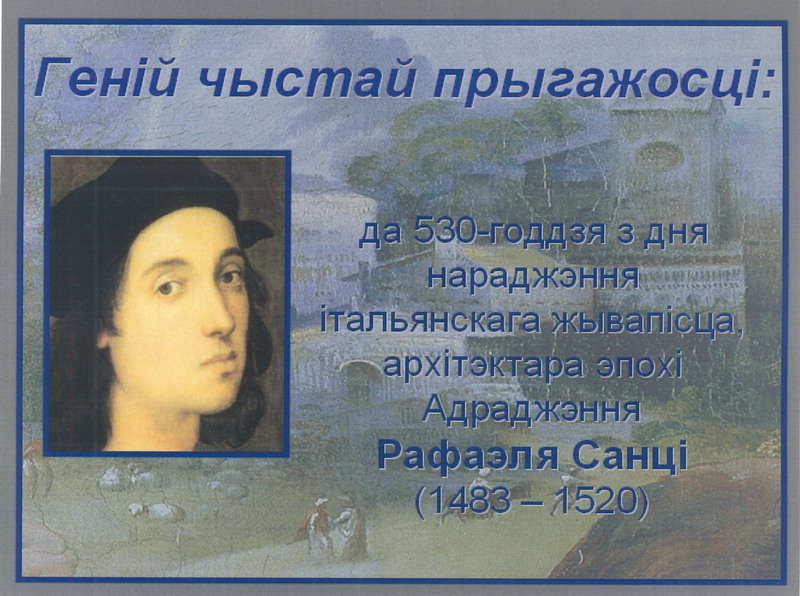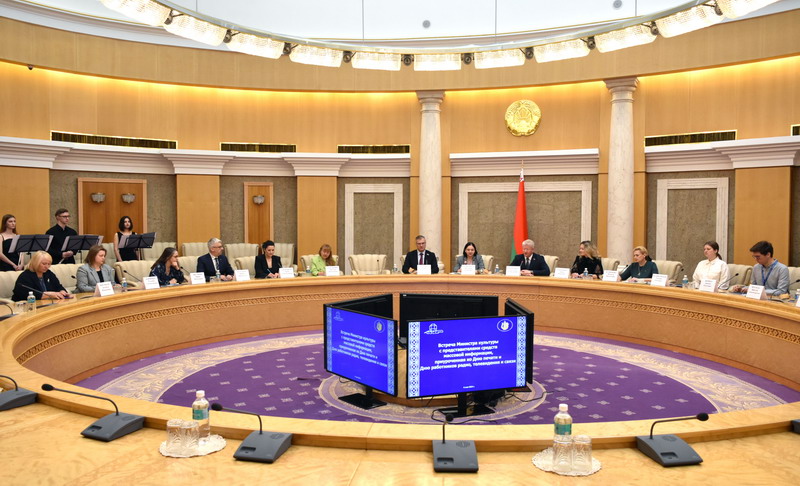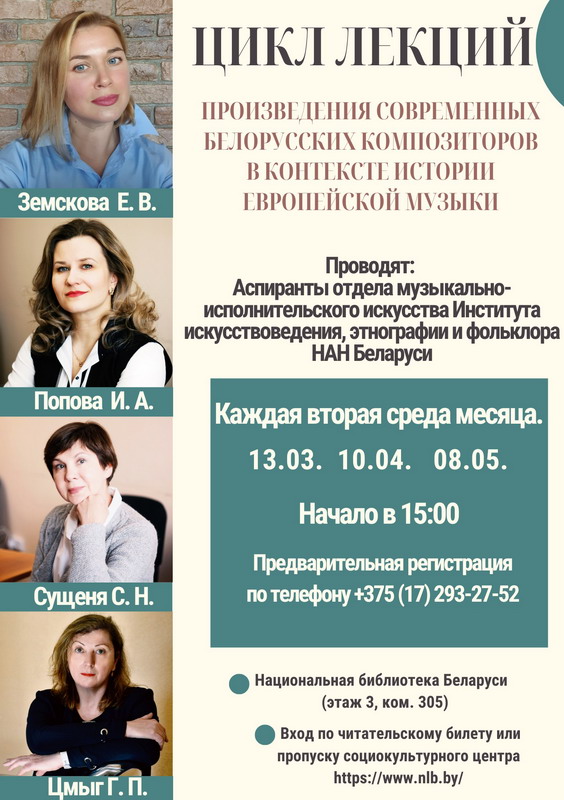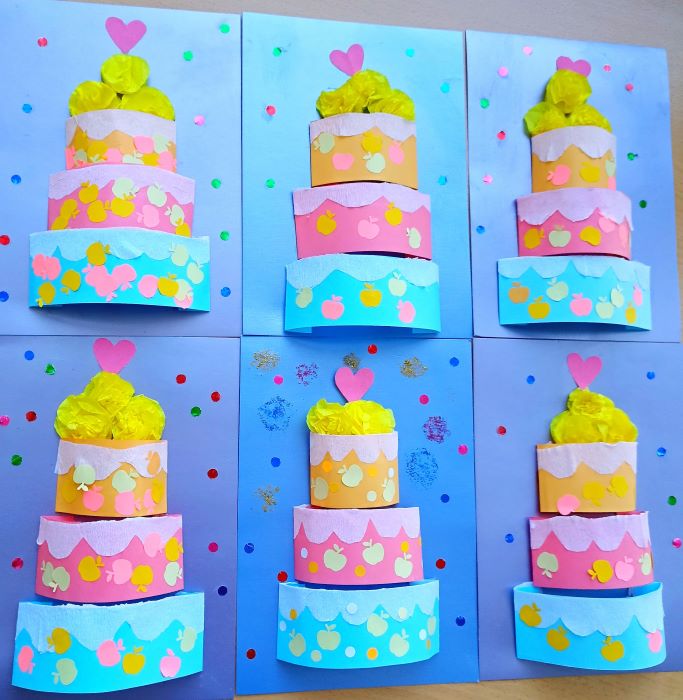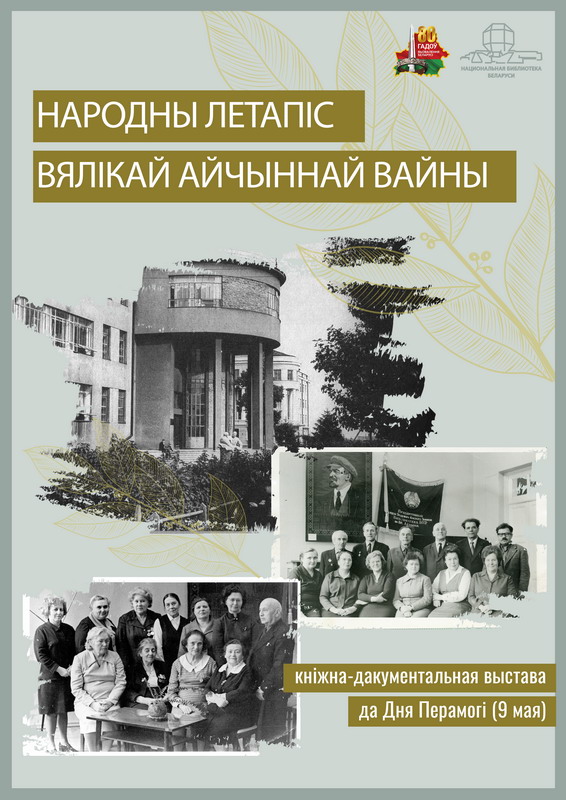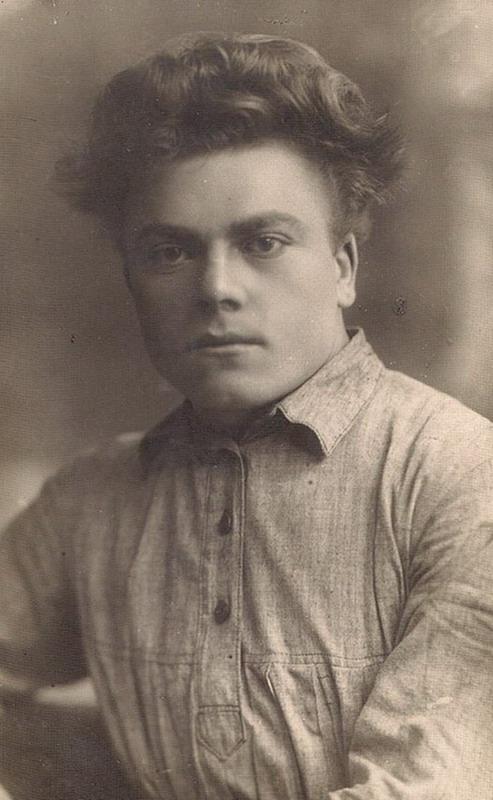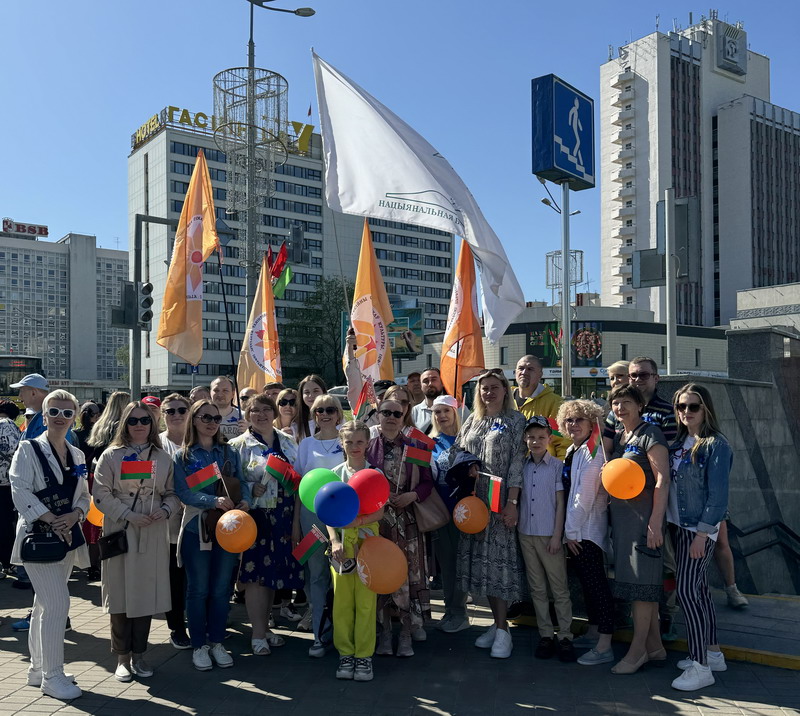From 5 April to 12 May, an exhibition "The genius of pure beauty" dedicated to the 530th anniversary from the date of the birth of Italian painter and architect of Renaissance Raffaello Sanzio (1483–1520) runs in the Visual Materials Reading Room (room 307).
Raffaello Sanzio, better known simply as Raphael, was born in Urbino (Italy). The acme of the Italian art is connected primarily with the name of divine Raphael. His works remain a model of aesthetic perfection for 5 centuries.
In his works the maestro incorporated the loftiest ideas of Renaissance humanism on human freedom, human spiritual and physical perfection. He created the universal model of human grandeur of the High Renaissance. This model absorbed the most profound ideas about the nature of existence and harmony.
Raphael’s works raise mortals to the harmonious and perfect beauty of demigods. It is seen in the frieze and pediments of the Parthenon and in the frescoes in the Vatican. The clarity of forms became the perfect expression of the highest ideals of the century and all humanity.
His Madonnas are a blessed light descending from the heaven, a dialogue between a painter and time through the divine mother’s care. The exhibition displays Conestabile Madonna, Madonna and Child Enthroned with Saints, Young Woman with Unicorn and other works. In his works Raphael masterfully combined the purity and delicacy of the poet’s dreams with religious contemplation and humble piety of a Catholic.
The painter made portraits of his contemporaries. These works are full of serenity and majestic dignity marked by a heartfelt spirituality. It is the portraits of Pope Julius II, Agnolo Doni, Baldassare Castiglione and others. Their reproductions are shown at the exhibition.
The undoubted triumph of his work is a painting of the papal apartments, called the Stanze di Raffaello (Raphael’s rooms), in the Vatican Palace. In three adjacent rooms the master painted not just saints and believers, as it is used in the Trecento, but masterfully made viewers active participants in the debate in The School of Athens and The Expulsion of Heliodorus from the Temple, listeners in The Parnassus or the exiled in The Fire in the Borgo. Numerous editions of these works are presented at the exhibition.
Vasari ranked Raphael to mortal gods. Indeed, when art reached its development peaks in the master’s works, it stopped for a moment to enjoy the perfect balance in the world and a man.
He wrote: "Rafael won by his affability and art, but most of all by his genius of kindness that is full of generosity and mercy...".
The exhibition includes more than 80 documents: reproductions, books, publications and reference materials about the painter.
The exposition is designed for all readers.
Contact telephone: (+375 17) 293 27 58.
 |
 |
 |
 |
 |
 |
 |
 |
 |
 |
 |
 |
 |
 |
 |
 |
 |
 |
 |
 |
 |
 |
 |
 |
 |
 |
  |

